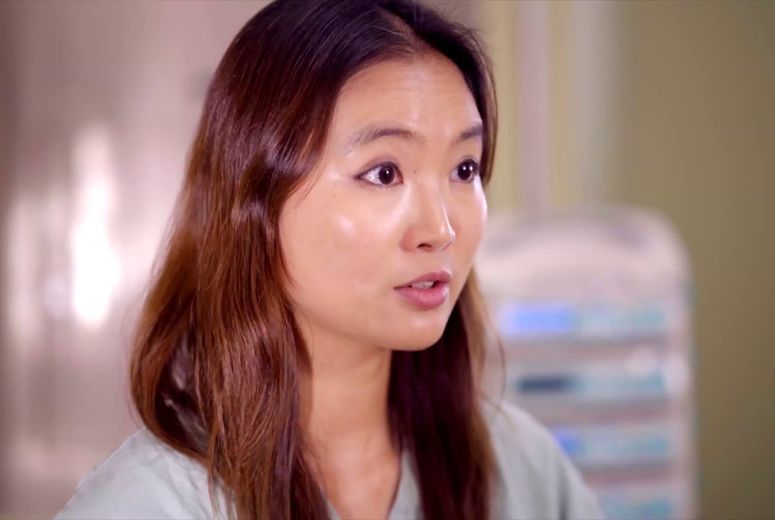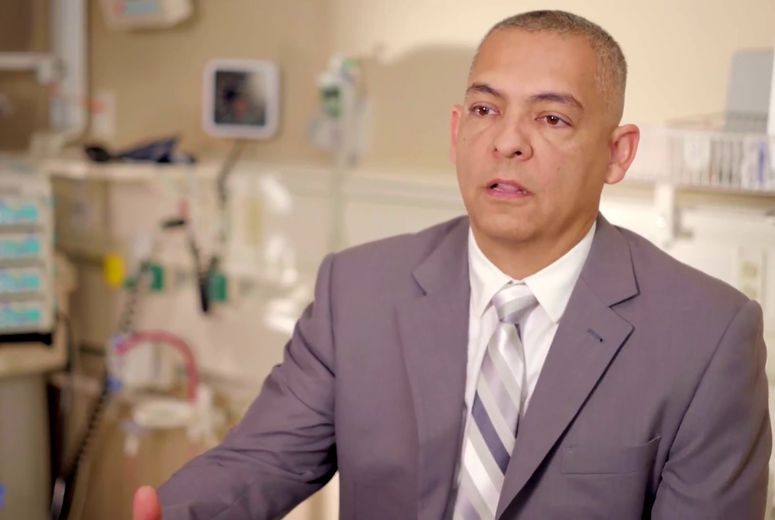Loma Linda University Health provides a stimulating research environment for medical professionals exploring the uses of robotic surgery. Since acquiring our first da Vinci® Robotic System in 2004, we've led the Inland Empire in surgical procedures, research, and innovation in urologic and gynecologic robotic surgery.
Integrated Academic and Research Programs
As part of a large, research-based university, Loma Linda University Health is devoted to expanding the existing body of medical knowledge. On the leading edge of technology, robotic surgery is currently being used in a wide number of procedures. Our physicians participate in research trials and are continually working to be on the leading edge of the surgical possibilities of the da Vinci® Surgical System.
At Loma Linda University Health we work to incorporate robotics into our resident surgical training. We use a systematic approach to safely and effectively train urology residents to perform robotic radical prostatectomy using the da Vinci® Robotic System.
Residents’ initial robotic skills are acquired in our animal labs where surgeries are typically performed on pigs. The next step in a resident’s robotic training experience is being closely supervised in the operating room as they assist in performing parts of the procedure on the console. By the resident’s chief year, they are proficient in open and robotic skills including prostatectomy, pyeloplasty, partial nephrectomy and sacrocolplexy.
Robotic Surgery Advances
Some of the most exciting advances in robotic surgery research are currently happening in the area of nephrology. Dr. Duane Baldwin is working to expand the possibilities of robotic kidney surgery and is currently developing new procedures to help patients deal with renal failure or kidney cancer. Read the published results of one of our clinical trials.
The surgical treatment of health problems will continue to become more minimally invasive in the future. We are now in the 2nd generation of robotics with more changes expected in the relatively near future. As medical and technical science moves ahead, instruments will continue to become smaller and less puncture sites will be used to access different parts of the body. New and exciting things are happening within urology, such as using natural body orifices to access different organs, for example, going through the belly button to take out a kidney. These techniques are currently being refined and in the relatively near future they will be widely introduced in human subjects. In our laboratory here at Loma Linda University, we are working with very small instruments that will aide in this type of minimally invasive surgery and prevent scarring.











